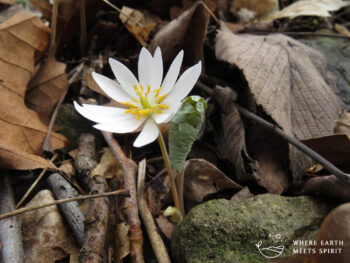Conservation at home involves building life-supporting habitats in which your wildlife neighbors have access to the natural resources they need to live and thrive. Of course, just like humans, animals of all kinds need regular access to food, water, and places to shelter from the elements.
Wildlife is increasingly challenged with finding appropriate habitat for living and nesting due to rampant habitat loss and fragmentation. Carpets of turf grass are everywhere we look, and these perfectly groomed landscapes are deceiving as they do little to nothing to support life. Imagine the diversity of flora and fauna that once existed before the land was cleared and turf grass was installed. These landscapes dotted with nonnative ornamental trees and plants are virtually dead zones to wildlife.
We are at a point in natural history when nature can certainly use our help; we took habitat away and we can put it back. Some ecologists have pointed out that the privilege of owning land ought to come with responsible land stewardship. And, by building living landscapes, we can make all the difference to the wildlife we share the land with. The foundation begins with planting native (indigenous) trees and plants which attract a diversity of pollinators and other insects that birds, amphibians, reptiles, and mammals depend on.
As a homeowner or business owner, the best thing you can do for wildlife is to create life-supporting landscapes on your property with native trees and plants as the foundation. There are so many things in this world where we are helpless to make a positive difference. And, often, if we can make a difference, we do not get to see the results firsthand. Fortunately, building living landscapes is an area in which we are empowered to make a noticeable difference, within our sphere of influence, and we get to see and enjoy the difference we are making.
Fortunately, we can turn things around and most everyone who owns a home, or a place of business, can get involved. Working together, we can weave the fragmented parcels of land into larger, more productive, and more beautiful tapestries of life-giving habitat. If we do this, we will support a much greater diversity of life and enjoy a multitude of pollinators, birds, and other wildlife.
If you build it, they will come! And, the joy, feeling of reward, and knowledge that you are giving back and contributing toward personal and planetary healing is a reciprocal gift that keeps on giving.
Four things you can do to support pollinators and other insects from Xerces Society:
Grow Pollinator- Friendly Flowers
Provide Nest Sites
Avoid Pesticides
Spread the Word
Click on this link to learn more: https://www.xerces.org/bring-back-the-pollinators
I highly recommend the following resources to help you in your endeavor to support wildlife:
- Xerces Society for Invertebrate Conservation
https://www.xerces.org/ - National Wildlife Federation Native Plant Finder
https://www.nwf.org/nativeplantfinder/ - Audubon Native Plant Finder
https://www.audubon.org/native-plants - Nature’s Best Hope and Bringing Nature Home written by Douglas W. Tallamy
- The Living Landscape written by Douglas W. Tallamy and Rick Darke
Think ACORN!
Appreciation for All Life
Conscious Nature Connection
Opportunity to Give Back
Responsible Land Stewardship
Native Plants are the Foundation









